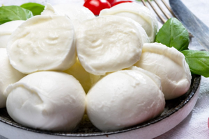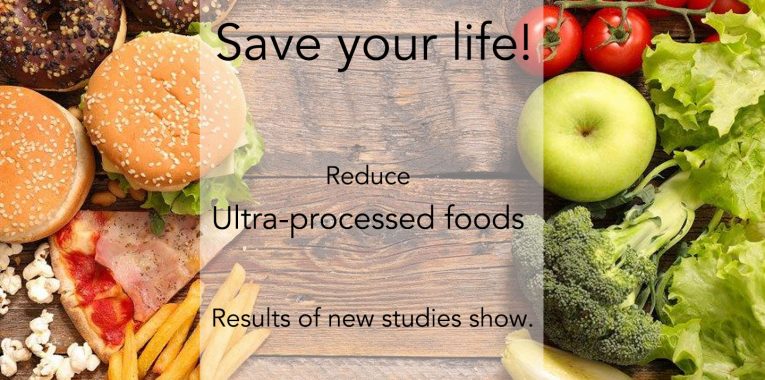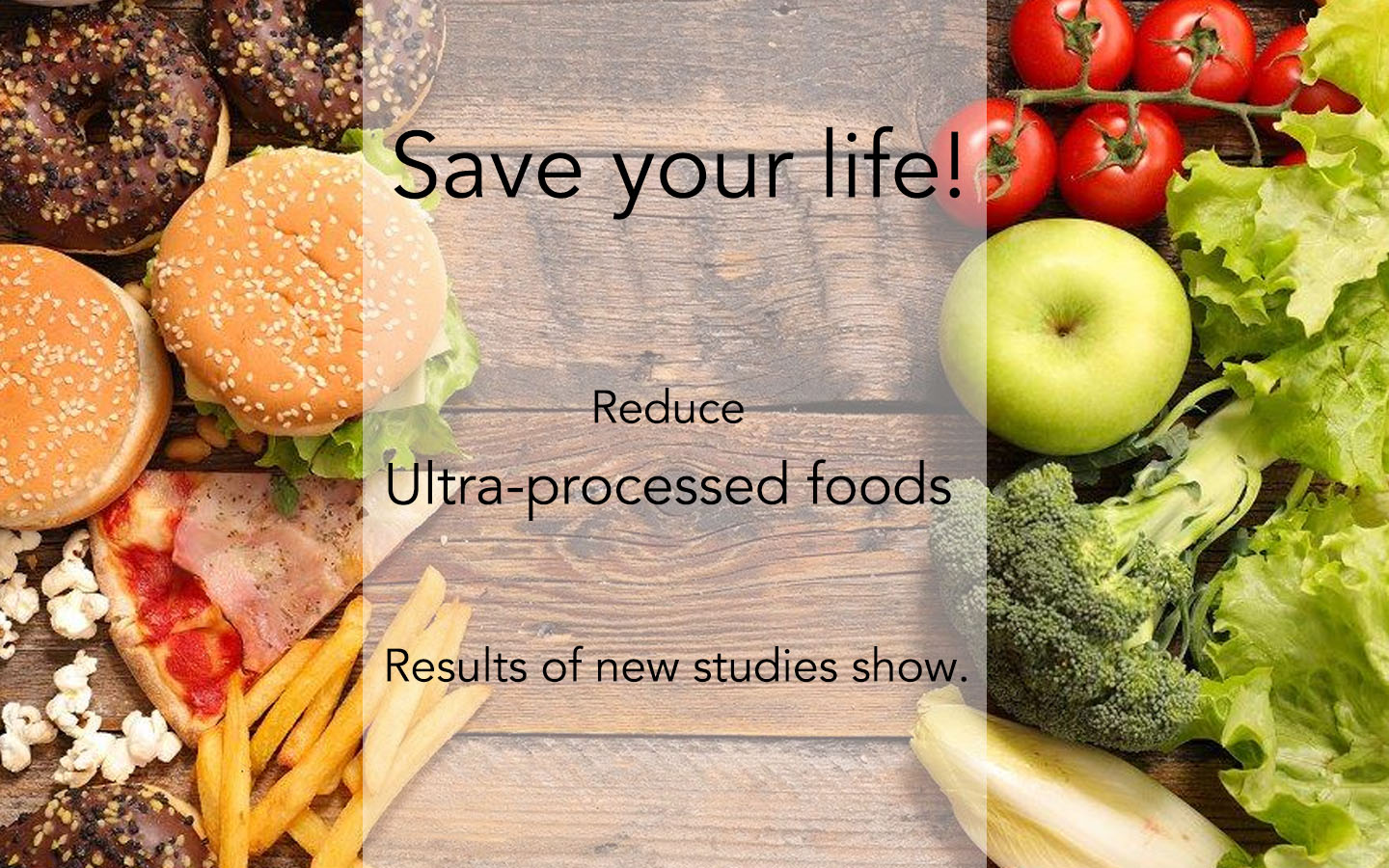In honor of National Cheese Pizza Day we wanted to show different types of pizza and cheeses that are typically used.

- A pizza type you may have heard of is the deep dish pizza. This kind of pizza is widely known for coming from Chicago, you can’t think of deep dish without Chicago! It has been around since 1943 according to the Chicago Tribune (1. Chicago Tribune). The pizza is made typically with an iron skillet or a deep dish pizza pan instead of the usual style with flat pizza pans.

2. Margherita Pizza is made with a few simple ingredients that include fresh basil, mozzarella, and tomatoes. This pizza style can be found as far back as 1886 in the cookbook of Francesco DeBouchard called “Customs and Traditions of Naples, pg 124” according to (2. Italy Magazine). The version Chef Raffaele Eposito made in honor of Queen Margherita, and to represent the flag of Italy became the one that is made even nowadays.

- Calzones are another type of pizza. It roughly translates to trousers or pant legs in Italian since we can bring the calzone with us and walk around with it. Calzones are made by taking a whole pizza to fold in half giving us the half-moon shape that we know. You can fill the calzone before baking with fillings such as meat or even making a fruity version with something like apples as well. Brushing the top of the calzone with garlic, and olive oil along with marina sauce on the side is how they are typically enjoyed.

- Stromboli can be mistaken for calzone but they are two different things. Stromboli is made by rolling the dough and sealing it compared to a calzone being made by folding in half. Interestingly enough the Stromboli was thought to be created in Philadelphia, and could be possibly named after Mt. Stromboli in Italy (3. Stromboli Information).

- Neapolitan pizza is the base for the pizza that we are familiar with today. When it was first made, it did not include cheese. It can also be considered a marinara pizza since there is more sauce than cheese. Due to more sauce being used, it is typically made smaller and cooked with less time than a regular sized pizza.
 Marinara pizza is a very simple pizza as well. It is made with very few ingredients with tomato, oregano, garlic, and olive oil. Raffaele Eposito built upon this pizza type to make the margherita pizza.
Marinara pizza is a very simple pizza as well. It is made with very few ingredients with tomato, oregano, garlic, and olive oil. Raffaele Eposito built upon this pizza type to make the margherita pizza.

- Lahm bi ajeen which translates to ‘meat with dough’. The dish comes from the middle east (4. Lahm bi ajeen origin) and can be dated back to the 13th It is a flat bread with meat on top beef, lamb or both are used as well. Tomato sauce is cooked with the meat instead of being layered like a typical pizza. This is a lighter take on a pizza and would be a dish that is unique. (Link for the recipe and credit to this paragraph can be found here: Recipe and History of Lahm bi ajeen)
Cheese –
 [Picture credit: //www.savoryexperiments.com/homemade-mozzarella-cheese/]
[Picture credit: //www.savoryexperiments.com/homemade-mozzarella-cheese/]
Fresh mozzarella is made with either cow or water buffalo milk. Fresh made also has more nutritional value than you think. Every ounce of cheese is already eighteen percent of the calcium that is recommended for the day. Using fresh cheese ends up being a great choice because of how much you get from one slice, you get more “bang for your buck”. Packaged mozzarella is popular in pizza making since it tends to melt faster due to the amount of oil with the cheese. Aging of cheese is also important to the quality of the cheese as well. If the cheese has not been aged enough the texture is not going to be as soft, and will not be as flavorful. If the cheese has been over aged, it will end up being too soft, and not having the right texture for making pizza or eating (5. Delco Foods) .
 Marinara pizza is a very simple pizza as well. It is made with very few ingredients with tomato, oregano, garlic, and olive oil. Raffaele Eposito built upon this pizza type to make the margherita pizza.
Marinara pizza is a very simple pizza as well. It is made with very few ingredients with tomato, oregano, garlic, and olive oil. Raffaele Eposito built upon this pizza type to make the margherita pizza.







